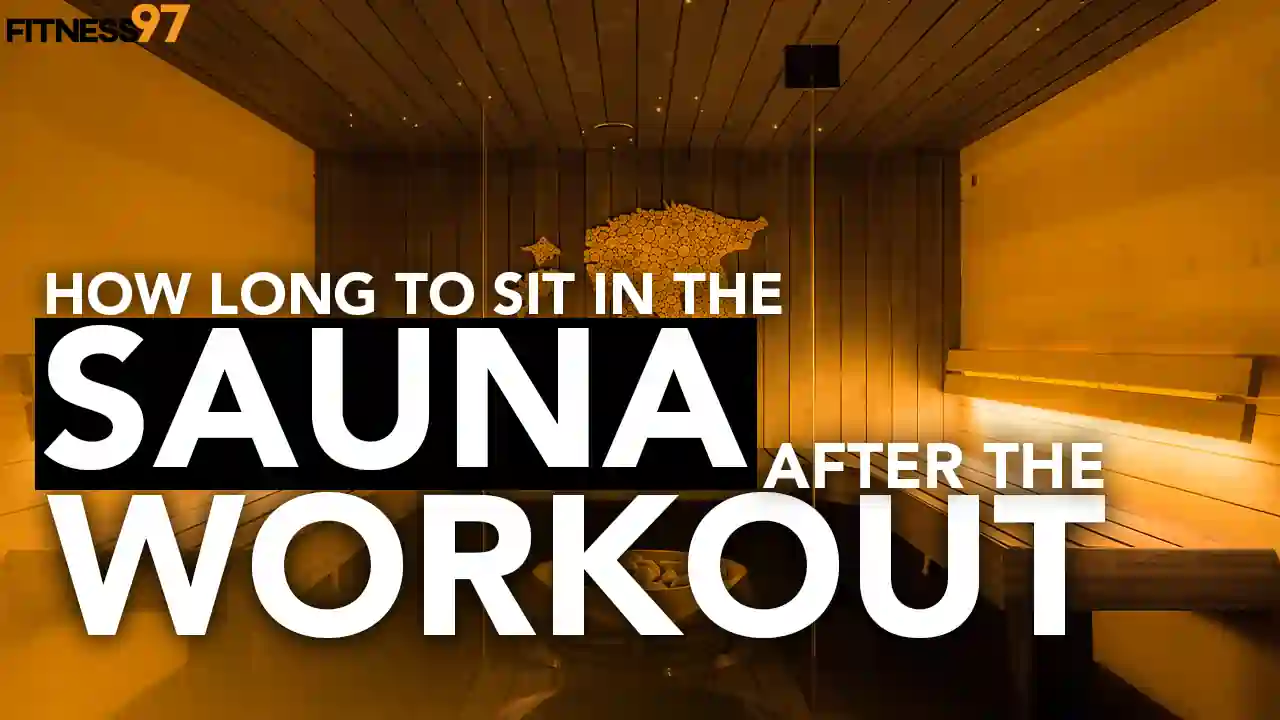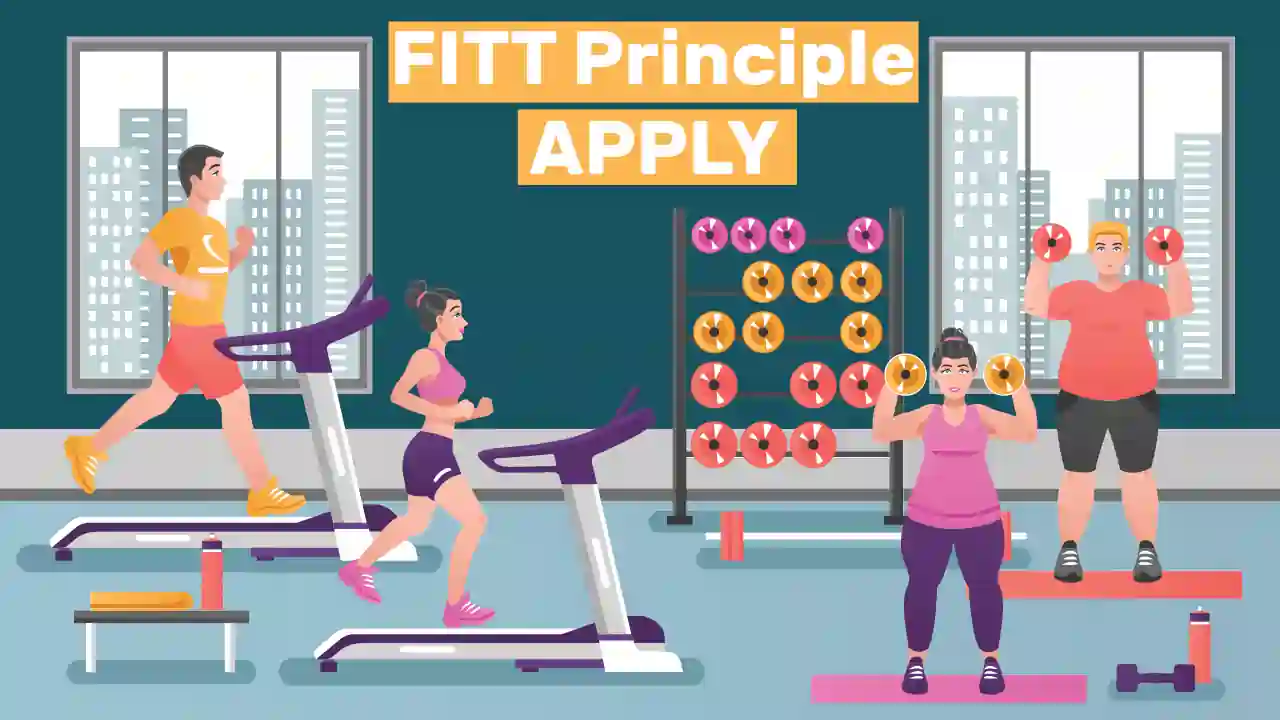Burning calories while maintaining the body’s health is what everyone dreams of. But it’s not that easy. Not every workout can help you with that, except a few, like the metabolic workout. Metabolic workout, metabolic conditioning, or metabolic resistance training- all refer to a similar workout routine. You might have heard of this term from your fellow fitness enthusiasts but might not know much about it. So what exactly is the metabolic workout? How does it work? Let’s find out:

What Is A Metabolic Workout?
A metabolic workout routine refers to performing compound exercises with a very short rest period in between to maximize the calorie burn while improving the body’s energy pathways and metabolic rate during and after the workout session. It is basically a combination of both high-intensity and moderate-intensity workouts focused on cardio and strength-training workouts.
How To Perform A Metabolic Workout?
Usually, metabolic workouts are performed by people who want to build muscle mass in a short period of time while burning more calories. That’s why this workout plan includes several compound exercises with various intensities to meet the needs of the people. Following workouts need to be performed in combination to achieve the benefits of the metabolic workout:
- Mountain Climbers
- Jump Squats
- Burpees
- Kettlebell swings
- Push-ups
- Lateral lunges
- Skater jumps
- Speed skaters
- Dumbbell Step-Ups
- Renegade Row
- Plank jacks
All these workouts need to be practiced in a circuit, and for that, you need to follow a workout plan.
Metabolic Workout Plans
As it is a special plan devised for people to build muscles in a short period of time, not everyone can do it perfectly from the beginning. Our body takes its time to get settled with this kind of workout. . That’s why there are three basic plans which people can follow according to their physical fitness levels to get started. A metabolic workout session is generally 20 minutes long. Its intensity level depends on the frequency of exercises performed and the rest that is taken between them.
1: Beginner
For beginners, start slowly with a 15 seconds workout, followed by a rest session of 15 seconds. Perform three sets of a workout while taking 60 seconds of rest between each set.
2: Intermediate
If you’ve been working out for some time and your body can handle more, then challenge yourself a bit more. Start your exercise with one rep performing in 45 seconds followed by a span of rest lasting for 15 seconds. Complete your workout’s three sets while taking 90 seconds of rest before starting another set.
3: Advanced
For an advanced level workout, start practicing your exercise for 60 seconds, then take a rest for 15 seconds. Do all the repeats of the set in a similar manner and complete three sets of an exercise while keeping the rest break between them of 90 seconds.
Pros And Cons
Let’s take a look at what metabolic workout has to offer to us and what needs to be avoided during this workout routine:
Pros
Practicing metabolic workouts can result in the following health benefits:
- Muscle Building
- Full-body workout
- Post-workout Fat burn
- Calorie burn at the resting stage
- Improved cardiovascular capacity
- High productivity of beneficial hormones
- Improved metabolism
- More lean muscle mass
Cons
But with pros, there are some cons as well:
- Prone to injuries
- Gym equipment is required for most of the exercises
- Does not work for certain people with a medical condition
- Exhausting workout
Conclusion
A metabolic workout is a great way to burn those extra calories while building your desired muscle mass. Compound exercises performed in a circuit can help you keep motivated to achieve your fitness goals. However, always take precautions before starting any new workout. Keep a check on your health and if your body does not get along with these workouts, there are always plenty of other options to try.

I look up to fitness as a lifestyle and love to pen down about it. I have 2 years of experience in content writing and I am here to share my research and knowledge on health and fitness.













